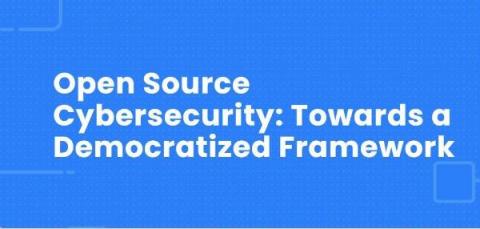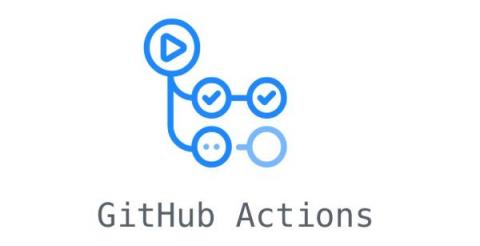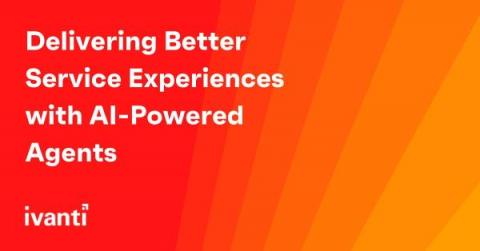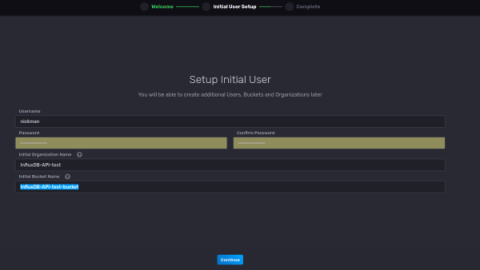Open Source Cybersecurity: Towards a Democratized Framework
Today, anyone can contribute to some of the world’s most important software platforms and frameworks, such as Kubernetes, the Linux kernel or Python. They can do this because these platforms are open source, meaning they are collaboratively developed by global communities. What if we applied the same principles of democratization and free access to cybersecurity?











